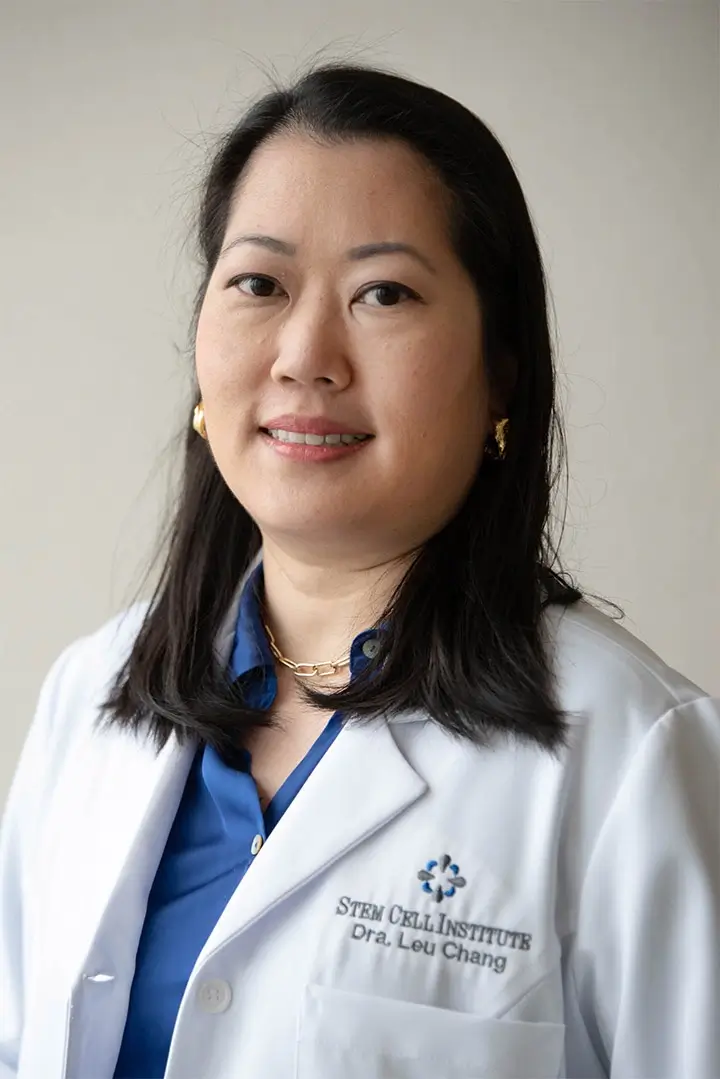Caring for babies suffering from cerebral palsy or those who suffer a stroke may soon follow a protocol similar to what Dr. Tadashi Masuda and Dr. Mina Maki are performing today. They are preparing for a transplant, the first step: placing two syringes inside an ice packed plastic foam box.
Protocols that could be followed in any clinic in the country are being developed by Cesar Borlongan and his team inside the laboratory at the Augusta Department of Veterans Affairs Medical Centers. While establishing a systematic method, they hope to also prove that adult bone marrow-derived stem cells are effective in helping repair the brain damage.
This particular stem cell therapy is being studied in animal models by Dr. Borlongan, also an associate professor at the Medical College of Georgia, and Dr. David Hess, MCG chairman of neurology. The research is being facilitated by a $4.2 million dollar grant which will span five years. The same therapy will be studied for use in babies who, due to lack of blood or lack of oxygen around the time of birth, suffer brain damage. 10 percent of the cases of cerebral palsy can be attributed to this this circumstance. This second study will funded by an additional $1.8 million dollar grant spanning three years, and the research will be carried out with James Carroll, chief of pediatric neurology at MCG.
The research on cerebral palsy may be approved for human trials sooner since the procedure has already been proven to be relatively safe and there is a lack of existing therapies for the condition as well.
“I would hope we would get a start on this in a year,” Dr. Carroll said.
The researchers were looking for methods that could be duplicated easily, such as shipping the cells in a liquid nitrogen container to thawing them and loading them into syringes for injection into an IV. Just as if they were trying to get the FDA to approve a new drug, the approach for the stroke model has been standardized said Dr. Borlongan.
“This is the same way we’re going to do it in the clinic,” he said. “Once the cells arrive in the clinic, all the clinicians will do is thaw the cells and then inject them into the patient.”
Dr. Borlongan said that they now believe the benefit to stroke victims might be from growth factors secreted by the cells as opposed to the former theory that the benefit was derived from the replacement of damaged cells.
“Once they release these beneficial substances, they help rescue the dying cells from the host tissue,” he said. “And they also increase the production of new cells.”
Dr. Carroll said that neonatal patients could also benefit from the treatment.
“We think it may have some additive effect in terms of new brain cells, but the main effect has to do with assisting with brain repair,” he said.
Many stroke patients arrive at the hospital too late to meet the deadline of a three-hour window in which a clot-busting drug must be given. The possibility of creating a treatment that could provide benefits past this point of no return has sparked the interest of many. Even days after stroke, observations from animal models showed that the treatment made a difference according to MCG researchers.
“What we have seen with the stem cells, even after seven days post-stroke, you can get functional benefit,” Dr. Borlongan said. “But because most stroke patients are discharged after a few days, they chose a two-day time frame to deliver the stem cells. And because these are adults cells, and not the embryonic stem cells that have generated much controversy, they can sidestep some of those ethical concerns,” Dr. Borlongan said.
Dr. Borlongan said that prior to using human cells, rodent cells will be the focus in order to prove safety and effectiveness. Human trials could follow in the fifth year, when the team plans to apply to the Food and Drug Administration.
“Hopefully, after the five-year project, we’ll have something to give to the patient,” he said.

